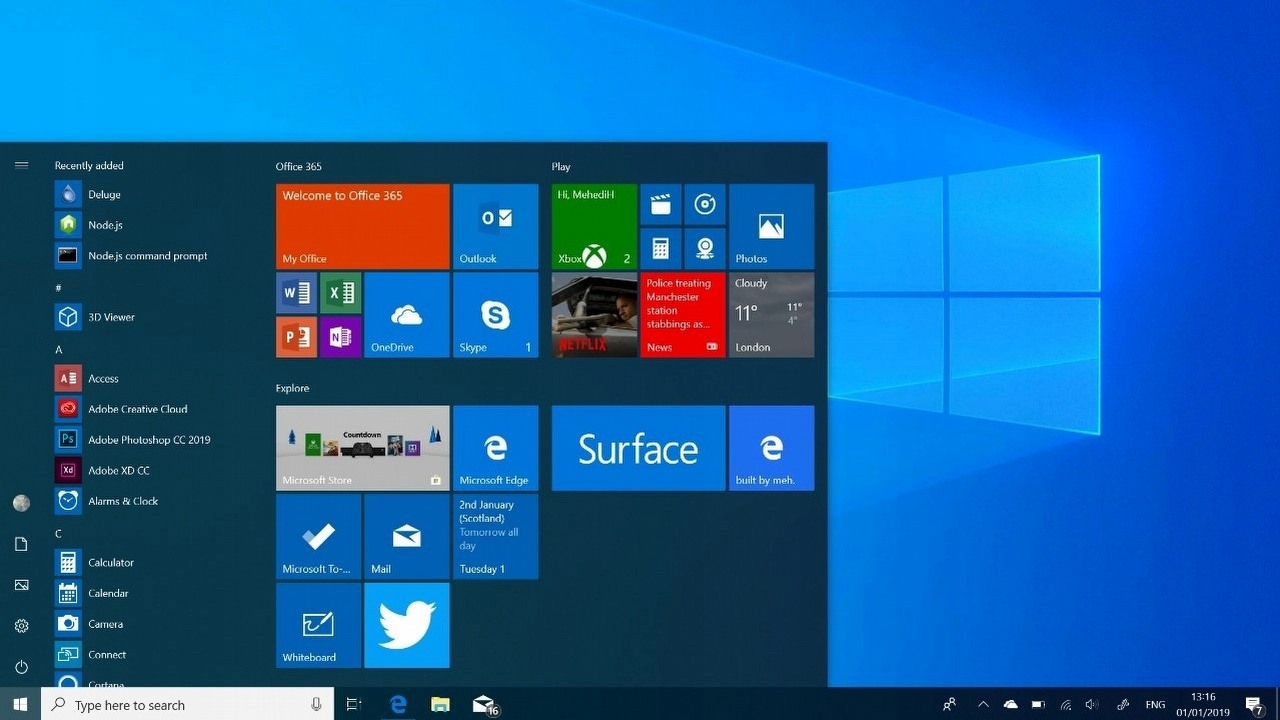Latest Windows 10 Update Causes Performance Drops, BSOD, and More
The new Windows 10 update, codenamed KB5001330, was supposed to solve some security problems and improve the system's performance. As it turned out, it also brought new bugs and problems.

Microsoft informed that in the April update of Windows 10, it focused on fixing printer and security issues, among others, as requested by both its users and the NSA (US National Security Agency). According to the company's statement, the new patch eliminated 114 vulnerabilities and potential threats in Microsoft programs, including Exchange Server, whose customers were victims of hackers. Unfortunately, the update also brought some new problems.
Patch KB5001330 is a mandatory system update. People who downloaded it report problems with installation, performance and various crashes. Internet forums are full of comments about games that at some point stop working, kicking users to the desktop. Players, including some of our editors, also complain about performance drops, stuttering and/or crashes. Among the titles negatively affected by the update are Overwatch, Assassin's Creed: Valhalla, and Tom Clancy's Rainbow Six: Siege, among others, although the issues may not occur on every configuration.
Other major issues include the appearance of BSODs (Blue Screen of Death) and a temporary user profile bug. A blue screen is the result of a serious Windows error that prevents further operation and causes the computer to reboot. Moreover, selected users of AMD Ryzen 3000 and 5000 processors, based on Zen 2 and Zen 3 architecture respectively, may experience booting issues. One reader of the Windows Latest website commented on the update as follows:
“This update broke Windows for me and others. PC BSOD’d while updating, saying a certain driver was no longer present or supported. I let Windows “repair” itself, and the update went through, then my PC BSOD’d twice in a few hours.”
The Windows 10 account bug is much more serious, though also rarer. Users reported it as early as December last year. When the OS loads after an update, it accidentally creates a new account, thereby restricting access to the previous one and its associated settings and files.
Hopefully, Microsoft will address the shortcomings quickly. The update can be uninstalled if we detect problems by going to Windows 10 settings, available through the Start menu, then the "Update and Security" tab and "Windows Update". Once the update history is displayed, click on "Uninstall updates", select KB5001330, and then restart the PC.
- Microsoft Support about the update details
- Windows 10 Will Collect Data to Tailor the System to User
- Windows 10 Will Get a Major Icon Overhaul
0
Latest News
- End of remote work and 60 hours a week. Demo of Naughty Dog's new game was born amid a crunch atmosphere
- She's the new Lara Croft, but she still lives in fear. Trauma after Perfect Dark changed the actress' approach to the industry
- „A lot has become lost in translation.” Swen Vincke suggests that the scandal surrounding Divinity is a big misunderstanding
- Stuck in development limbo for years, ARK 2 is now planned for 2028
- Few people know about it, but it's an RPG mixing Dark Souls and NieR that has received excellent reviews on Steam, and its first DLC will be released soon

